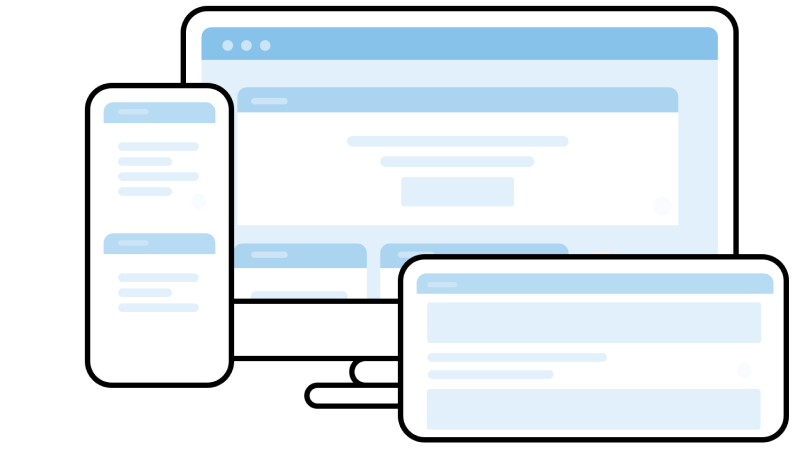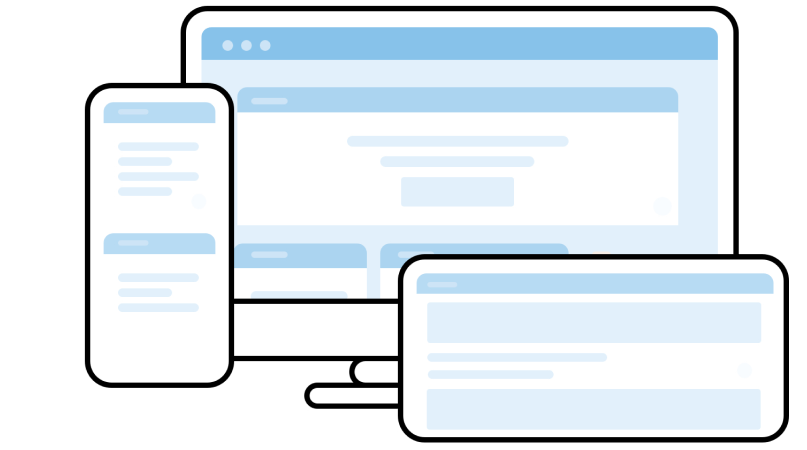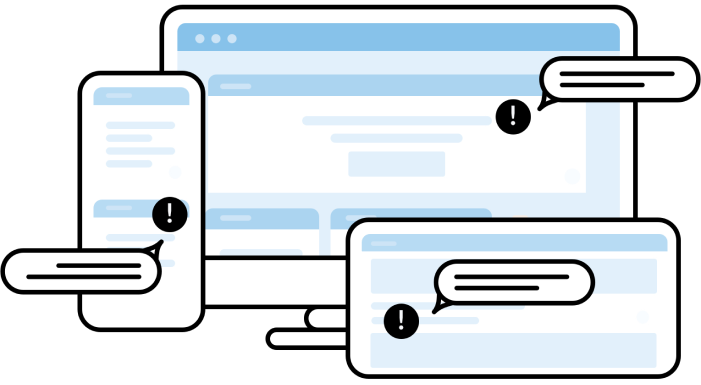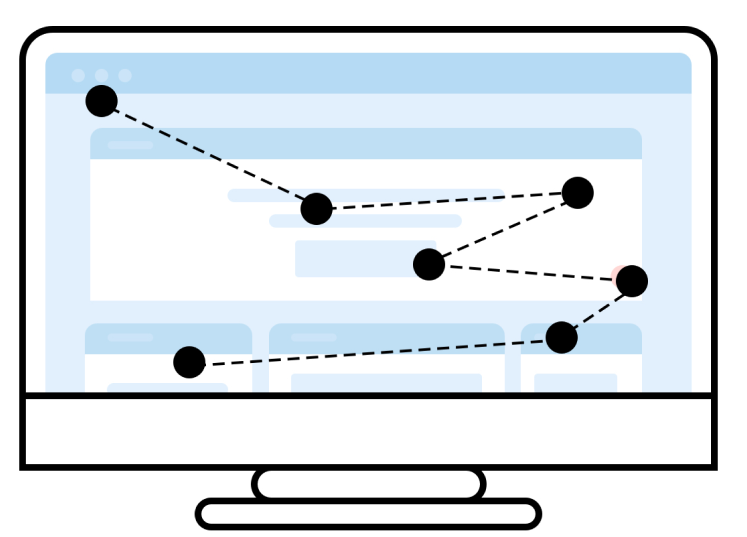What is Interaction Design? (IxD)Learn about Interaction Design
Interaction design is the design of the interaction between users and products. Most often when people talk about interaction design, the products tend to be software and digital products like apps or websites. Increasingly this is also including physical objects (like amazon alexa) and virtual and augmented reality. It is an exciting time to be an interaction designer!
The goal of interaction design is to create products that enable the user to achieve what they need in the best way possible.
If this definition sounds broad, that’s because the field is rather broad: the interaction between a user and a product often involves elements like visual aesthetics, motion, sound, space, and many more.
Salary: Did you know?
Our placement students can earn up to £20,000 per year and upon graduation can expect starting salaries in excess of £30,000 per year.
UX Designers in the UK earn on average £10,000 more than a Graphic Designer.
User Experience
As you might already realise, there’s a huge overlap between interaction design and User Experience (UX) design. After all, UX design is about shaping the experience of using a product, and most part of that experience involves some interaction between the user and the product. But UX design is more than interaction design: it also involves user research (finding out who the users are in the first place), creating user personas (why, and under what conditions, would they use the digital product), performing user testing and usability testing.
The Five dimensions of Interaction Design
The Five dimensions of interaction design is a useful model to understand what interaction design involves. Created by Gillian Crampton Smith and Kevin Silver.
1
Words
Words— like those you read on interfaces and buttons should be meaningful and easily understood and not overwhelming. Generally called copywriting.

2
Visual Representations
This concerns graphical elements like branding, images, typography and icons that users interact with. These usually supplement the words used to communicate information to users.

3
Physical objects or space
What phsical devices will the user interact with, will it be a smartphone, laptop or smart watch? Or will it even have an interface like an Amazon Alexa or Google Home? Were will they use this? At home, on the bus or walking. All things need consideration.

4
Time
Time means things that change to give users feedback, like an sound alert for a new message or an animation to aid with functionality. This gives users audio and visual feedback.
It also can be used to track users time interacting with a product. Like tracking progress or saving it for another time.

5
Behaviour
This includes how users interact with a product and how they achive tasks and goals. It also means how they feel emotionally and physically.

So what do Interaction Designers do?
Well, it depends. Interaction Design is quite broad and you could focus on one job or do a range of them. It depends on the type of work and company you work for. In any case, here are some of the tasks interaction designers handle in their daily work:
UX Design and Research
This is concerned with the goals people wish to achieve with a digital product (website, app, AR, VR). This could be as simple as posting an image on Instagram or something more complex such as finding and buying a ticket for a concert.
A User Experience (UX) Designer may have to conduct research with groups of people to find out what they hope to achieve with a digital product. A UX Designer will look at the journey a user will take when using a digital product and design every step to ensure they can achieve their goals as easily as possible.
Wireframes and Prototypes
Most interaction designers are tasked to create wireframes that lay out the interactions in the product.
Sometimes, interaction designers might also create interactive prototypes and/or high-fidelity prototypes that look exactly like the actual digital product they are designing for.
Sometimes, interaction designers may create interactive prototypes which look and act exactly like the actual digital products they are designing. These prototypes do not involve programming knowledge of any type but instead use industry standard tools such as Figma, Sketch or Adobe XD.
Visual Design
Visual design grew from a combination of graphic design and user interface (UI) design and focuses on the aesthetics of a digital product.
A visual designer is often tasked with creating the entire visual language for a digital product. This would include developing the brand (logo design), the design of icons, the choice and use of typefaces, the appropriate use of colour and relevant images (illustrative and/or photographic).
Apply for IxD Belfast in 2023
Want to begin your Interaction Design journey at the Belfast School of Art? We are currently seeking applicants for our 2023 intake.
Put together a portfolio of your best work, this could be design, photography or anything then apply.
Apply Now